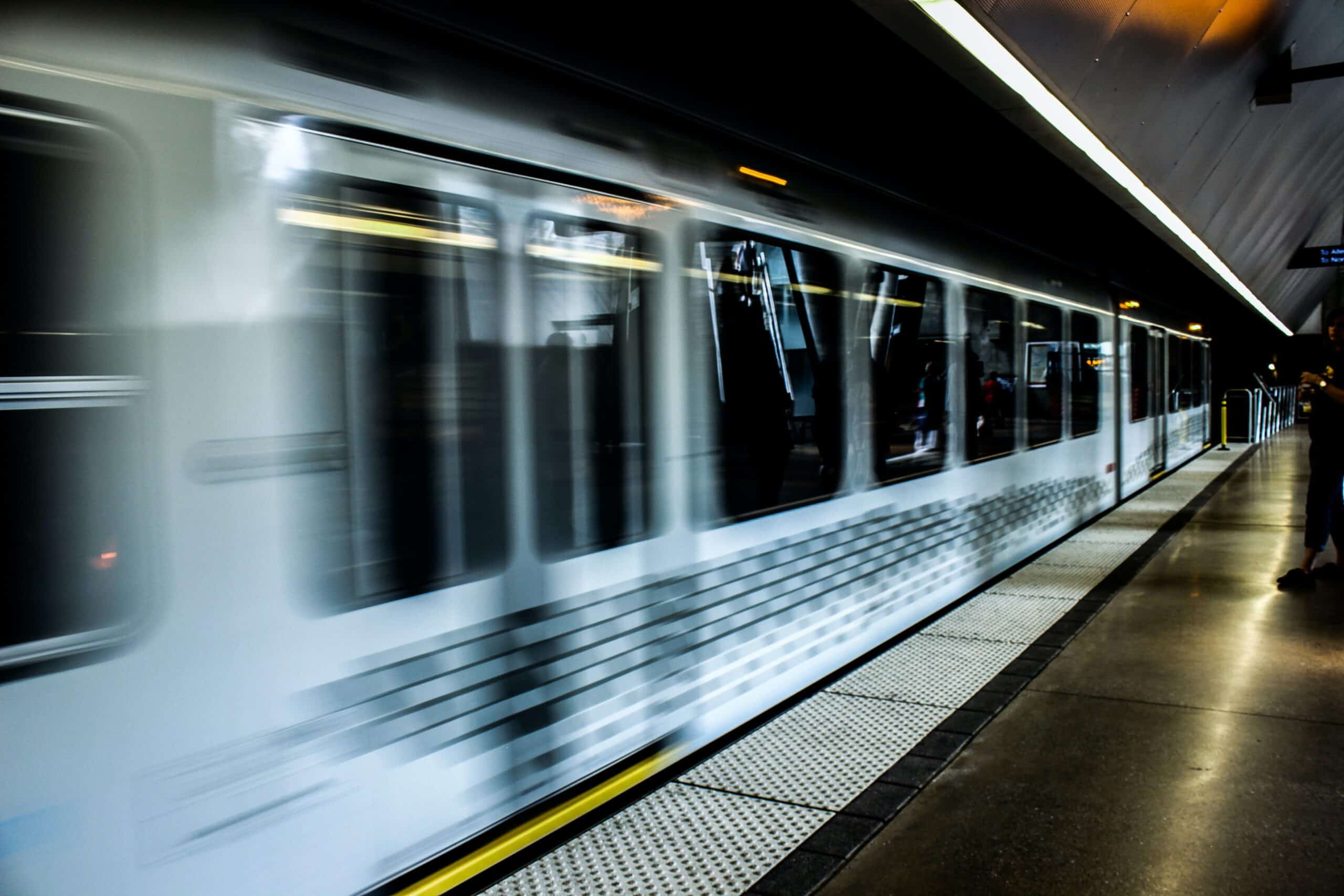As a new citizen in Australia, one of the first things you’ll need to master is the public transportation system. With its efficient and extensive network, using public transportation in Australia is not only convenient but also a sustainable choice. In this guide, we will explore the benefits of utilizing public transportation, provide an overview of the system in major cities like Sydney, Melbourne, Brisbane, Perth, and Adelaide, and discuss the different modes of transportation available.
Advantages of Public Transport in Australia
Using public transportation in Australia offers numerous advantages. Firstly, it helps reduce traffic congestion, making commuting faster and more efficient for everyone. Additionally, public transportation is environmentally friendly, as it reduces air pollution and carbon emissions. Moreover, public transport is often more affordable than driving a car, as it eliminates the need for fuel, parking fees, and vehicle maintenance costs. Lastly, public transportation provides an opportunity to engage with the local community, offering a chance to meet new people and experience the diverse culture of Australia.
Overview of the Public Transport System in Major Cities
Australia’s major cities have well-developed public transportation systems that cater to the needs of residents and visitors alike. Let’s take a closer look at the public transportation infrastructure in each city:
Sydney
Sydney boasts an extensive public transportation network, including trains, buses, ferries, and light rail services. The train system, operated by Sydney Trains, covers the metropolitan area and extends to regional areas. Buses are a popular mode of transport, providing access to various suburbs and locations not served by trains. The iconic Sydney Ferries offer scenic journeys across the harbor, while the light rail system connects the city center with surrounding areas.
Melbourne
Melbourne’s public transportation system is renowned for its tram network, which is the largest outside of Europe. Trams provide a convenient way to navigate the city and access key destinations. The train system, operated by Metro Trains Melbourne, covers the metropolitan area and extends to regional areas. Buses complement these services by connecting different suburbs.
Brisbane
Brisbane’s public transportation system primarily consists of buses and trains. The train network, operated by Queensland Rail, connects the city center with surrounding suburbs, while buses provide extensive coverage across the metropolitan area. The CityCat and CityFerry services offer picturesque river journeys, with stops at various key locations along the Brisbane River.
Perth
Perth’s public transportation system includes trains, buses, and ferries. The extensive train network, operated by Transperth, covers the metropolitan area and extends to regional areas. Buses complement the train services, providing access to locations not served by trains. The Transperth Ferry services offer scenic trips along the Swan River, connecting different parts of the city.
Adelaide
Adelaide’s public transport system primarily relies on buses and trams. The Adelaide Metro bus services cover the metropolitan area, providing access to various suburbs and key destinations. The iconic Adelaide Metro trams operate within the city center, offering a convenient way to explore the city and reach popular attractions.
Understanding the Different Modes of Public Transport
Australia’s public transportation system encompasses various modes of transport, each serving different purposes. Let’s explore the different options available:
Trains: Trains are a popular mode of transport in Australia, offering a fast and efficient way to travel between cities and within metropolitan areas. They are particularly well-developed in Sydney, Melbourne, Brisbane, Perth, and Adelaide. Trains operate on fixed schedules, ensuring reliable and punctual service.
Trams: Trams are an integral part of the public transport system in Melbourne and Adelaide. They provide a convenient way to navigate the city center and reach key destinations. Trams operate on designated tracks, making them a reliable and efficient mode of transport.
Buses: Buses are a versatile mode of transport, serving both metropolitan and regional areas. They provide extensive coverage and flexibility, connecting various suburbs and locations not served by trains or trams. Buses operate on designated routes and schedules, ensuring regular service throughout the day.
Ferries: Ferries are a unique mode of transport in Australia, particularly in cities like Sydney and Brisbane, which have stunning harbors. They offer scenic journeys and provide access to key locations along the waterfront. Ferries operate on fixed schedules, making them a reliable and enjoyable way to travel.
Ticketing and Fare Options for Public Transportation
When using public transportation in Australia, it’s important to familiarize yourself with the ticketing and fare options. Here are the key things to know:
- In most cities, you will need to purchase a smart card or ticket to travel on public transportation. These can be obtained from ticket machines at train stations, bus interchanges, and ferry terminals.
- The fares are calculated based on the distance traveled and the mode of transport used. Each city has its fare structure, so it’s essential to check the specific pricing for your location.
- Some cities offer discounted fares for students, seniors, and concession cardholders. Make sure to carry the necessary identification to avail of these discounts.
- Many cities have integrated ticketing systems, which allow you to use the same card or ticket across different modes of transportation. This provides convenience and flexibility when traveling.
Navigating the Public Transportation Network
To navigate the public transportation network effectively, it’s essential to have access to maps, routes, and schedules. Here are some resources that can help:
- Each city’s public transportation authority provides detailed maps of the network, including train, tram, bus, and ferry routes. These maps can be obtained online or at information centers.
- Mobile apps and websites offer real-time information on routes, schedules, and service disruptions. These can be invaluable tools for planning your journeys and staying updated on any changes.
- Timetables are available at train stations, bus interchanges, and ferry terminals. They provide information on departure times and frequency of services, helping you plan your trips.
Tips for Using Public Transport in Australia
Using public transportation in Australia can be a smooth and enjoyable experience if you keep these tips in mind:
- Follow the etiquette guidelines, such as giving up seats to those in need and not playing loud music or talking loudly on public transport.
- Be aware of your surroundings and take necessary precautions to ensure your safety. Avoid traveling alone late at night and keep your belongings secure.
- Public transportation in Australia is designed to be accessible to people with disabilities. If you require assistance, don’t hesitate to ask the staff or fellow passengers for help.
- Plan your journeys, especially during peak hours, to avoid overcrowding and delays. Leave some extra time for unexpected disruptions or changes in the schedule.
Apps and Websites for Planning and Tracking Journeys
To make your public transportation journeys more convenient, consider using the following apps and websites:
- Transit: This app provides real-time information on public transportation routes, schedules, and service disruptions. It also offers trip planning features, suggesting the most efficient routes for your journey.
- Google Maps: Google Maps is a reliable tool for planning your public transportation journeys. It provides detailed directions, including the modes of transport to use, and estimates travel times based on real-time data.
- City-specific apps: Many cities have their dedicated apps for public transportation. These apps often include features like real-time arrival information, service alerts, and journey-planning tools. Check the app store for your city’s official app.
Special Considerations for Tourists and Newcomers
If you are a tourist or a newcomer to Australia, consider the following tips to make the most of the public transportation system:
- Purchase an Opal card in Sydney, a Myki card in Melbourne, or a Go Card in Brisbane. These smart cards offer discounted fares and can be used across multiple modes of transport.
- Take advantage of tourist passes or travel cards, which provide unlimited travel for a set period. These can be cost-effective if you plan to use public transportation extensively during your stay.
- Familiarize yourself with the key attractions and landmarks in each city and identify the nearest public transportation options. This will help you navigate the city more efficiently and save time.
Embracing the Convenience and Sustainability of Public Transportation in Australia
Mastering the public transportation system in Australia is essential for new citizens and offers numerous benefits. From reducing traffic congestion to promoting sustainability, public transport plays a crucial role in the daily lives of Australians. By understanding the different modes of transport, ticketing options, and resources available, you can navigate the network with ease. So, embrace the convenience and sustainability of public transport in Australia and enjoy exploring the vibrant cities across the country.
Contact IC Australia Today to learn more tips about life in Australia and how it can benefit you as a new citizen.


